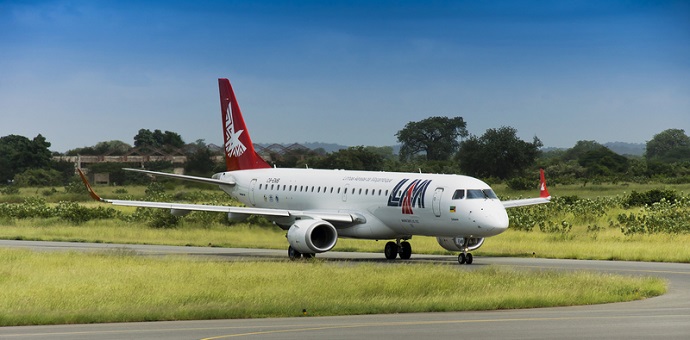All EASA Approvals require an Accountable Manager and a Quality Assurance Process, with the exception of Part 21 J which is obtained directly from EASA all of the approvals are granted by the competent authority.
Part 145 / Part M – G (I) / Part M – F / Part 147 / Part 21 G – F / Part 21 J Part 21 M / ATO / Air Operations / Aircrew / Aerodromes / ATM/ANS / ATCO Training Organisations
Where Does EASA Compliance “Sit” in the overall organisational objectives.
To consider as previously identified that compliance with EASA requirements should be treated as minimum compliance. Means that an organisation should look above and beyond pure compliance.
Often however it is not so straight forward and the organisation receives findings from the competent authority. Each finding needs to be investigated to understand all contributing causes, together with each root cause.
For each Root & Contributing cause to deliver an action which serves to offer mitigation to provide an acceptable solution to allow the organisation to “move on” and embrace a positive development.
Management System Obligations to Comply with EASA
EASA expects that the approval holder should ‘scrutinise’ all its activities under its hazard identification and risk management processes, including operational and continuing airworthiness activities.
The objective is to ensure that all hazards are identified and are subject to the applicable hazard identification procedures moreover that related risks are managed as part of the approval holders management system procedures.
Where ever possible the integration of safety management across all activities will lead to increased efficiency and effectiveness in hazard identification and risk management as compared to a system where activities are being dealt with in isolation through separate management systems.
Optimisation of the assessment of risks should be identified and focus provided to enable better allocation of resources to address these risks, by eliminating conflicting or duplicating procedures and objectives.
Considering the benefits of taking a holistic, integrated approach to a management system for effective safety management.
Competent authorities should focus on assessing whether the management system implemented is adequate as regards the size, nature and complexity of the activities it is deemed to cover.
Effective Development of the Organisation Typically Requires:
- A deep understanding of the core regulatory obligations
- The competency within each business area to deliver on this objective
- The ability of the business area to ensure effective quality control
- The function of an Independent Compliance Audit Function to provide “assurance”
- The guidance of the leadership team to build on simple compliance and to develop the organisation to deliver growth in an efficient & effective way.
For Details of Sofema Aviation Services and Sofema Online Training Courses please contact us now!
Sofema Aviation Services www.sassofia.com and SofemaOnline www.sofemaonline.com provide regulatory and vocational training as well as consulting for both regulatory authorities and industry.
Please email office@sassofia.com or online@sassofia.com




